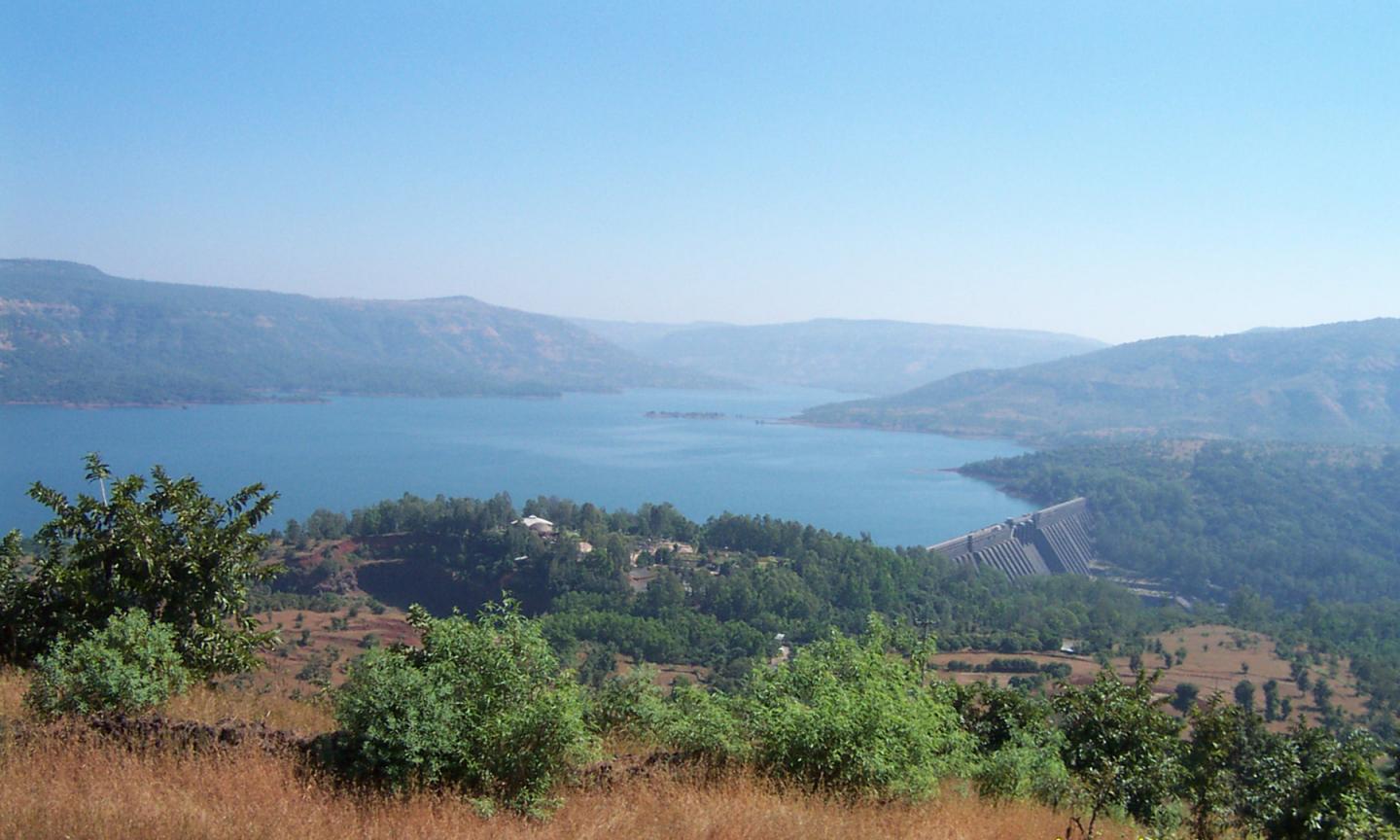The seasonal filling and emptying of reservoirs in India could cause considerable deformation of the surrounding rocks, which might lead to the reduction of strength of nearby faults which, in turn, can trigger earthquakes, report two new papers published recently in the Bulletin of the Seismological Society of America.
Researchers in India used observations recorded with the help of global positioning system (GPS) along with satellite-based radar data called InSAR to keep a track on the movement the- especially the uplift and subsidence- of rock layers around the reservoirs. The research teams also took record of the crustal deformation around the Koyna and Warna reservoirs in western India, as well as of the Tehri, Ukai and Dharoi reservoirs in India.
It is thought that reservoir-triggered seismicity is a consequence of shifting water levels in the reservoirs that have been impounded behind the dams, which might lead to an increase in the stresses on faults by changing the stress and pore pressure in rocks along the fault. Reservoir filling are responsible for 23 percent of the total number of earthquakes which are caused by human activity, according to the Human-Induced Earthquake Database.
Vineet Gahalaut from the National Center for Seismology in India and his colleagues used the data that was collected by five Koyna-Warna GPS stations since 2013, as well as the InSAR observations, to know more about the underlying tectonic movements in the region. They discovered that the eastern block of the Koyna-Warna fault zone seems to be moving faster to the northeast than the western block, and this motion might be increasing stress on faults in the region.
The seasonal filling and emptying of the Koyna and Warna reservoirs are deforming the surrounding rock layers, said Gahalaut. “All the reservoirs in the Indian subcontinent are fed by precipitation during the monsoon season, which starts during May and continues until August,” he explained. “From September onward, the water in the reservoirs starts decreasing due to release for irrigation, electricity generation and urban usage.”
“It is inferred that seasonal deformation due to reservoir water level changes leads to a reduction in the strength of the critically stressed faults in the Koyna and Warna seismic zones, leading to triggering of earthquakes,” added Gahalaut.
A reservoir can stabilize and destabilize its nearby faults, but it depends on the kind of slip along those faults and where these faults are located with respect to the reservoir.
“In the case of the Koyna-Warna reservoir-triggered seismicity, it has been found that the reservoir impoundments decreased the strength of the identified faults in the region,” said Gahalaut. “It has also been noticed that earthquakes tend to occur during the filling and high-water stand in the reservoirs when the destabilizing influence is relatively stronger.”

